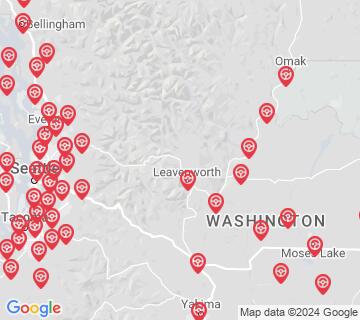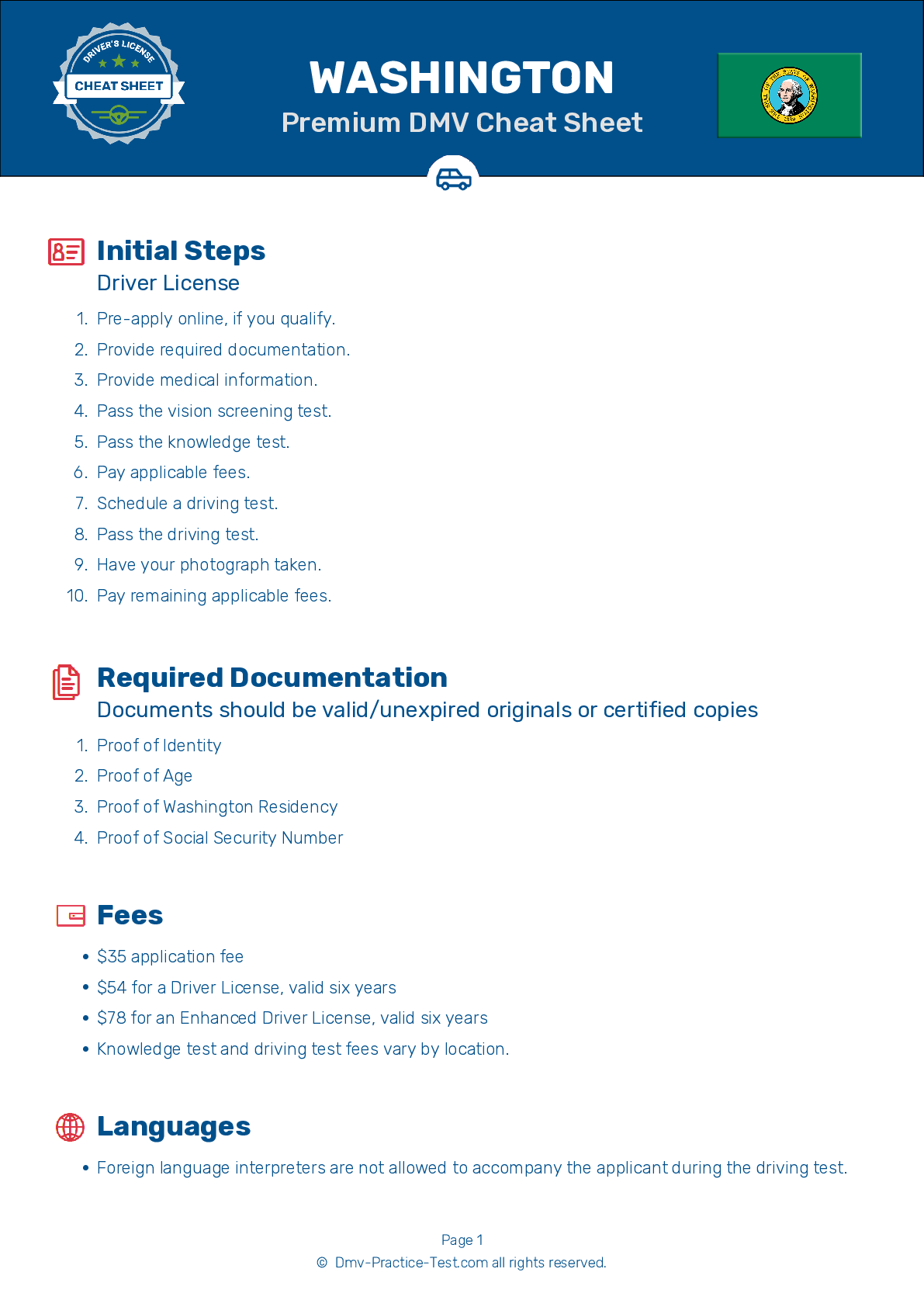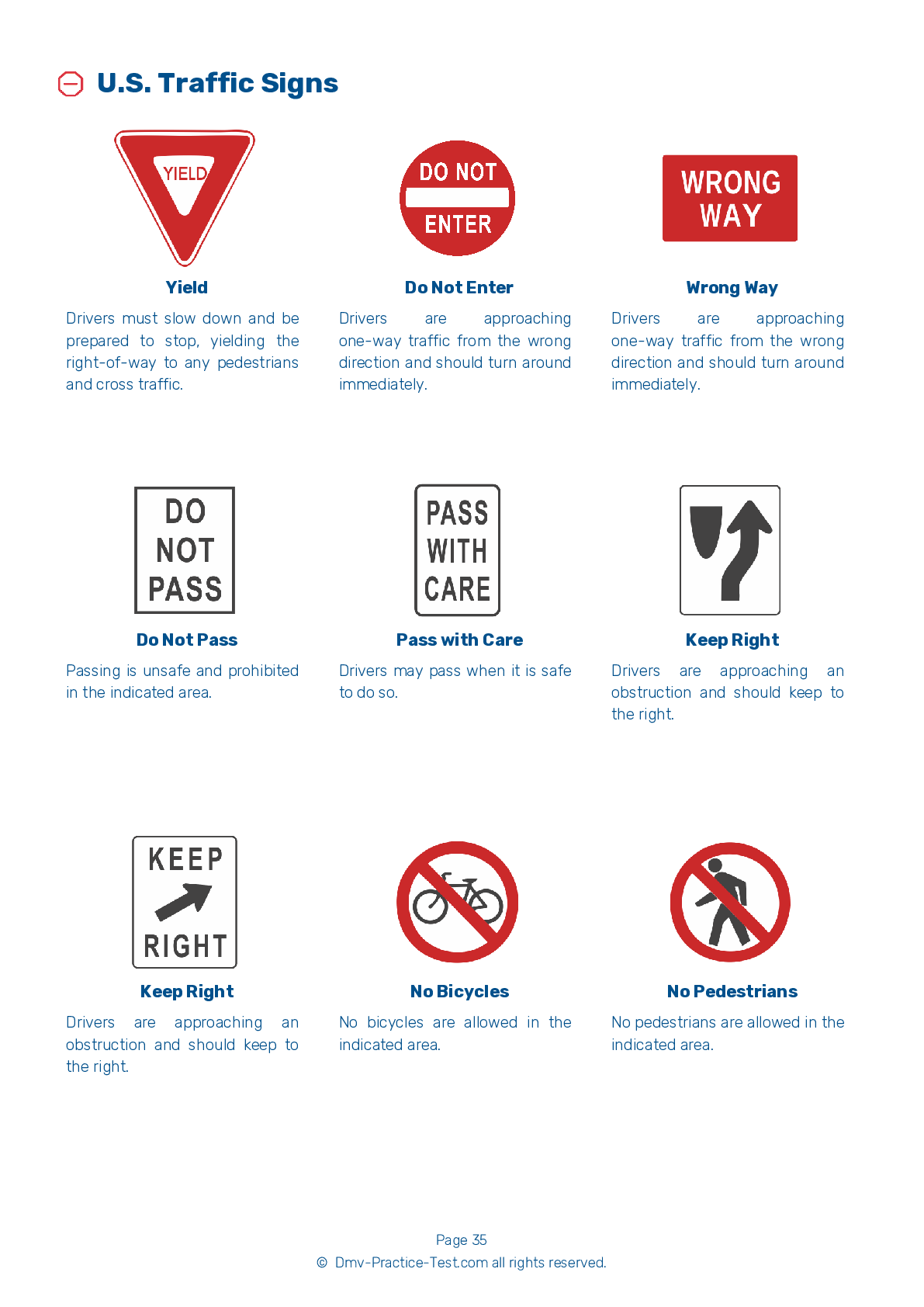FREE Washington DMV Practice Test #4 Page 3 of 4
The Washington DMV practise examinations have been updated for January 2025. It includes questions based on the Washington Driver Handbook's most significant traffic signals and legislation for 2025. Use actual questions that are very similar (often identical!) to the DMV driving permit test and driver's licence exam to study for the DMV driving permit test and driver's licence exam.
On the practise exam, each question gets a tip and explanation to help you remember the concepts. The written component of the official Washington DMV test will feature questions about traffic rules, traffic signs, and driving statutes, as well as knowledge from the Driver Handbook.
To obtain a passing grade, you must correctly answer 20 of the 25 questions. Use the practise exam provided by the Washington Department of Motor Vehicles to help you prepare for your instruction permit or driver's licence.
The DMV exam is available in several languages.
Using any kind of testing assistance will result in an automatic fail, and the DMV may take additional action against your driver's licence, so stay away from it.
13 . You are approaching a railroad crossing that has no visible gates or flashing lights, but has a standard crossbuck. You should:
You must approach all railroad crossings with extreme caution and cross only when you know that no train is coming from either direction. If there is a flagger at a crossing, you must obey all of their instructions.
14 . This sign means:
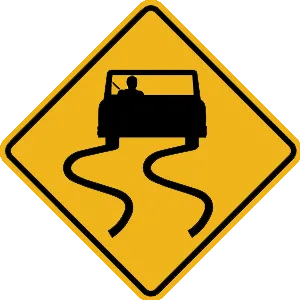
This sign warns that especially slippery conditions exist when the road is wet.
15 . When parking uphill next to a curb, set the parking brake and:
When parking facing uphill on a street that has a curb, set your parking brake and turn your steering wheel away from the curb. This way, if your vehicle starts to roll, it will roll into the curb.
16 . This sign means:
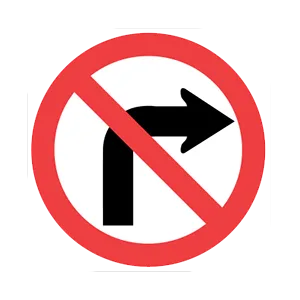
A sign with a red circle and slash over a symbol indicates that the action represented by the symbol (in this example, a right turn) is not allowed.
17 . Night driving can be more difficult than driving during the day because:
At night, your field of vision is reduced. To make sure you are able to react to hazards on the roadway, always use appropriate headlights. Drive slowly enough that you are able to stop within the distance that you can see ahead.
18 . When a vehicle with an Anti-Lock Braking System starts to lose traction on a slippery road, drivers should:
If their vehicle loses traction on a slippery road, a driver with an Anti-Lock Braking System (ABS) needs to press down hard on the brake pedal, hold it, and steer out of danger. In an emergency situation, the ABS automatically pumps the brakes at a faster rate than the driver could. Removing steady pressure from the brake pedal or pumping the brakes will disengage the ABS.
Search the best driving school in your neighbourhood
2025 Washington | Frequently Asked Questions
1. Complete a driver education course if you're under 15 ½.
2. Visit a driver licensing office.
3. Provide proof of identity, Social Security number, and residence.
4. Pass the knowledge test.
5. Pay the required fee.
6. If you're under 18, a parent or guardian must sign the application.
Remember, with a permit, you must always have an adult 21 years or older in the car with you.
1. Not checking mirrors and blind spots.
2. Incorrect signaling or forgetting to signal.
3. Lack of steering control.
4. Improper lane positioning and changing.
5. Not following traffic signs or signals.
6. Inadequate observation at intersections.
7. Speeding or driving too slowly.
8. Failing to yield the right of way where necessary.
Remember, practice is key to overcoming these errors.
